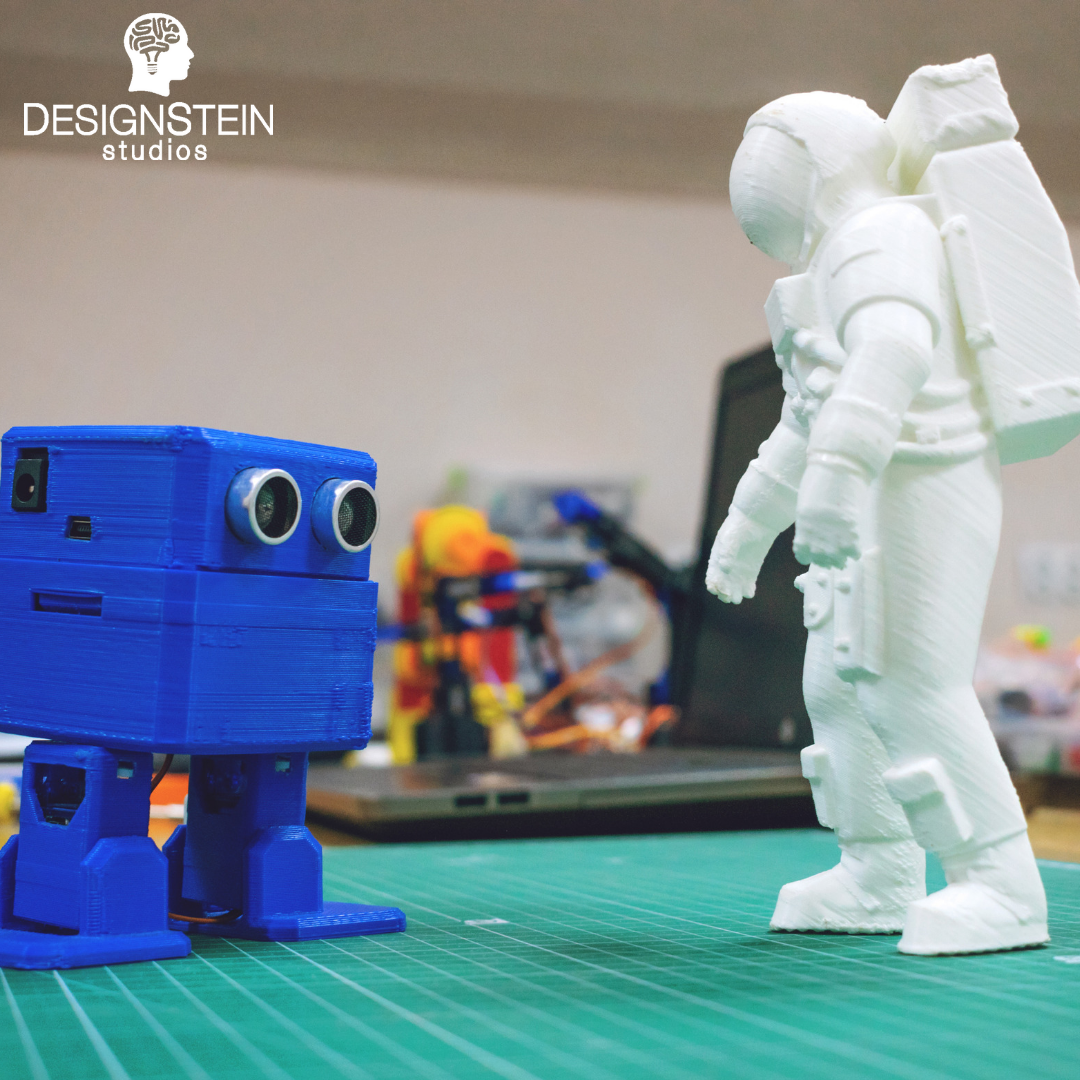Anthropo -WHAT! It sounds like an abstract concept, but for many industrial design services it’s a very common thing and you probably have many examples of anthropomorphic items in your home right now. Anthropomorphic objects have humanistic characteristics and shapes, which appear everywhere in our daily lives such as buildings, clouds, trees, flowers, sidewalks as well as food. Believe it or not, anthropomorphic features are more common than people think.
How Does Anthropomorphic Design Give Personality To Design?
Studies have shown that humans are attracted to anthropomorphic forms and patterns. Over the years, designers have used this instinctive emotional attraction to humanistic traits to gain attention for products, start positive communication and rapport, and express indirect messages.
For instance, many industrial design services believe the most famous anthropomorphic design is the way a Coca-Cola bottle contours, which is sometimes referred to as the “Mae West” bottle. The bottle was created to have feminine proportions and to bring consumers in with its curves, which conveys sexuality, energy, and cultivated beauty. When the bottle made its first public appearance in 1915, it was a quantum leap in design and is still iconic till this day. Nowadays, people can immediately associate the hour-glass shape with the brand Coca-Cola.
It isn’t just feminine forms that are used. Take a look at a Listerine mouthwash bottle and you will quickly link the bottle’s hard-edged shape to masculinity. The bottle looks like a strong, immense torso and conveys a sense of strength, which is what Listerine wants you to connect in your mind with its products.
The brand name Method also uses anthropomorphic design to help make their products stand out differently than Listerine and Coke. Their packaging has a more rounded, sculptural design that looks very baby-like to give a sense of comfort, safety, honesty, and purity. These are traits that many people want to bring into their homes.
How Does Shape Express Purpose?
Industrial design services like Designstein Studios think anthropomorphic forms are better suited for products when the innovator wants to tell a story or inform us on what the product does. Also, anthropomorphic design not only helps to build brand identity, but it can help consumers realize how and where to use the products.
You will always have manufacturers of power tools have a more masculine form since their hard edges beveled angles are connected with power, strength, and durability. This makes the consumer realize that the products are sturdy, solid, and durable.
Whereas, products that are designed with smooth, soft, round edges have more feminine or baby-like characteristics. Many products that are intended to be handled carefully and those that have a cute or playful factor are designed in this manner.
Designstein Studios reminds us that anthropomorphism is best served to consumers on a subliminal level. For example, when people look at a Coca-Cola or Listerine bottle, they don’t wittingly see the feminine and masculine characteristics of those containers. Anthropomorphism subtly uses humanoid characteristics and the ingrained assumptions and mental connections made by the consumers. Unfortunately, realizing those beliefs is not always easy, but when designers do, they open up another amazing designer tool to use at their advantage.

